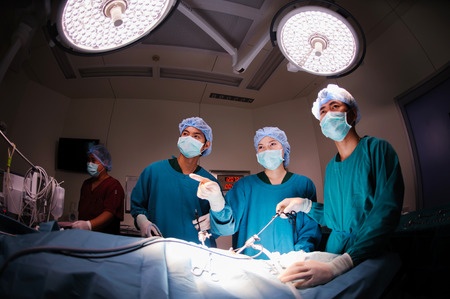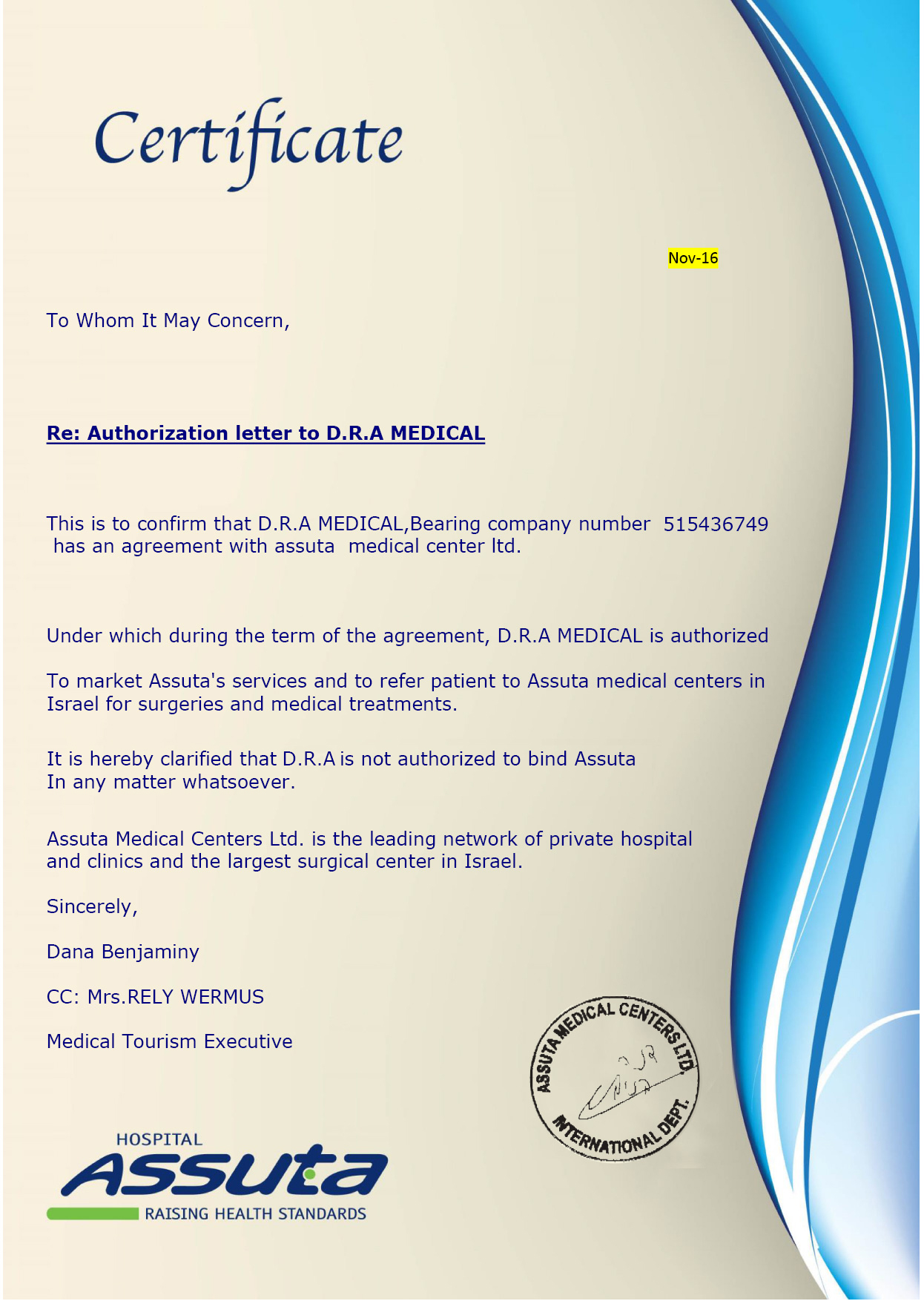Introduction
Minimally invasive thoracic surgery is also referred to as thoracoscopy, thoracoscopic surgery, pleuroscopy, and video-assisted thoracic surgery (VATS). This procedure describes surgeries of the chest performed with small incisions, special instruments, and a thoracoscope. A thoracoscope is a tube-like device with a video camera at one end that is inserted into a small incision and allows a surgeon to see inside the body on a computer monitor. This entire process is done in an effort to minimize trauma to the patient. Minimally invasive thoracic surgery is an alternative to traditional, open thoracic surgery. Traditional, open thoracic surgery requires incisions as long as six and eight inches whereas thoracoscopy incisions are only one inch long.
Who should pursue Minimally Invasive Thoracic Surgery?
If you need any kind of thoracic surgery, then you should certainly consider minimally invasive thoracic surgery. The best way to do this is to discuss your condition with your doctor and find out if your condition can be effectively corrected with thoracoscopy. Unfortunately, some chest operations are best performed with traditional, open thoracic surgery.
Planning Minimally Invasive Thoracic Surgery
In order to plan your thoracoscopic surgery, your doctor will refer you to a thoracic surgeon. Your surgeon will in turn perform some preliminary tests to determine your vitality, ability to fight off infection, and the health of your lungs and heart. These tests include, but are not limited to, a physical exam, blood test, pulmonary function test, CT scan, and electrocardiogram. If your heart health poses a potential risk to your thoracic surgery, then your doctor or surgeon may also consult a cardiologist. Finally, once you are cleared for pleuroscopy, your anesthesiologist will meet with you to discuss the anesthesia he or she will employ during the surgery as well as methods or medication you can use in overcoming pain following your operation.How is Minimally Invasive Thoracic Surgery performed?
There are at least five different forms of minimally invasive thoracic surgery: drainage of pleural effusions, lung biopsy, mediastinal, pericardial, and thymus thoracoscopic procedures, video-assisted lobectomy, and wedge resection.- Drainage of Pleural Effusions - the pleura are a thin membrane-like sack that surrounds the lungs. Pleural effusion results from a build-up of fluid within the pleura. The pleura normally contain very little fluid, so this excess fluid causes problems. As a result, thoracoscopy drains this fluid from the pleura and doctors analyze the fluid to check for infection, cancer, and other harmful conditions.
- Lung Biopsy - similar to other biopsies, lung biopsy involves extracting a sample of tissue from the lungs through a small incision. The sample is then examined under a microscope to search for infection or disease.
- Mediastinal, Pericardial, and Thymus Thoracoscopic Procedures - the mediastinum is an area of space between the lungs within the chest while the pericardium is an area of space surrounding the heart. The thymus is a small, essential organ of the immune system that resides at the base of throat toward the front of the chest. These areas are subject to tumors; therefore, thoracoscopic surgery makes it possible to remove tumors or simply biopsy these regions.
- Video-Assisted Lobectomy - removes large sections of the lung in an effort to treat lung cancer. Nevertheless, the size of the tumor usually determines if thoracoscopy is a valid option or not.
- Wedge Resection - surgically removes a section of one or both lungs shaped like a wedge. This is usually performed to diagnose or treat small nodules, or lumps, in the lung.
After the surgery
There are many benefits to thoracoscopic surgery. Some of those benefits include a reduced risk of infection as well as less bleeding during your surgery. After the surgery, patients usually experience less pain, require a shorter hospital stay, and overall need less time to fully recover and return to their daily routines. In some cases, you can go home the day after your surgery. In other cases, you must remain in the hospital for observation for three to four days. Either way, your entire surgical team including your surgeon, anesthesiologist, nurses, and social workers will help you through your recovery. They will also provide you with special instructions for protecting your sensitive, healing incisions and how to handle common activities like housework or driving.Depending on your condition, your doctor may also place you on a specific diet to aid your recovery. You will most likely be able to return to work after three to four weeks of recovery. But, expect to see your surgeon for a follow-up appointment seven to ten days after your surgery to confirm that your healing is progressing as planned.









